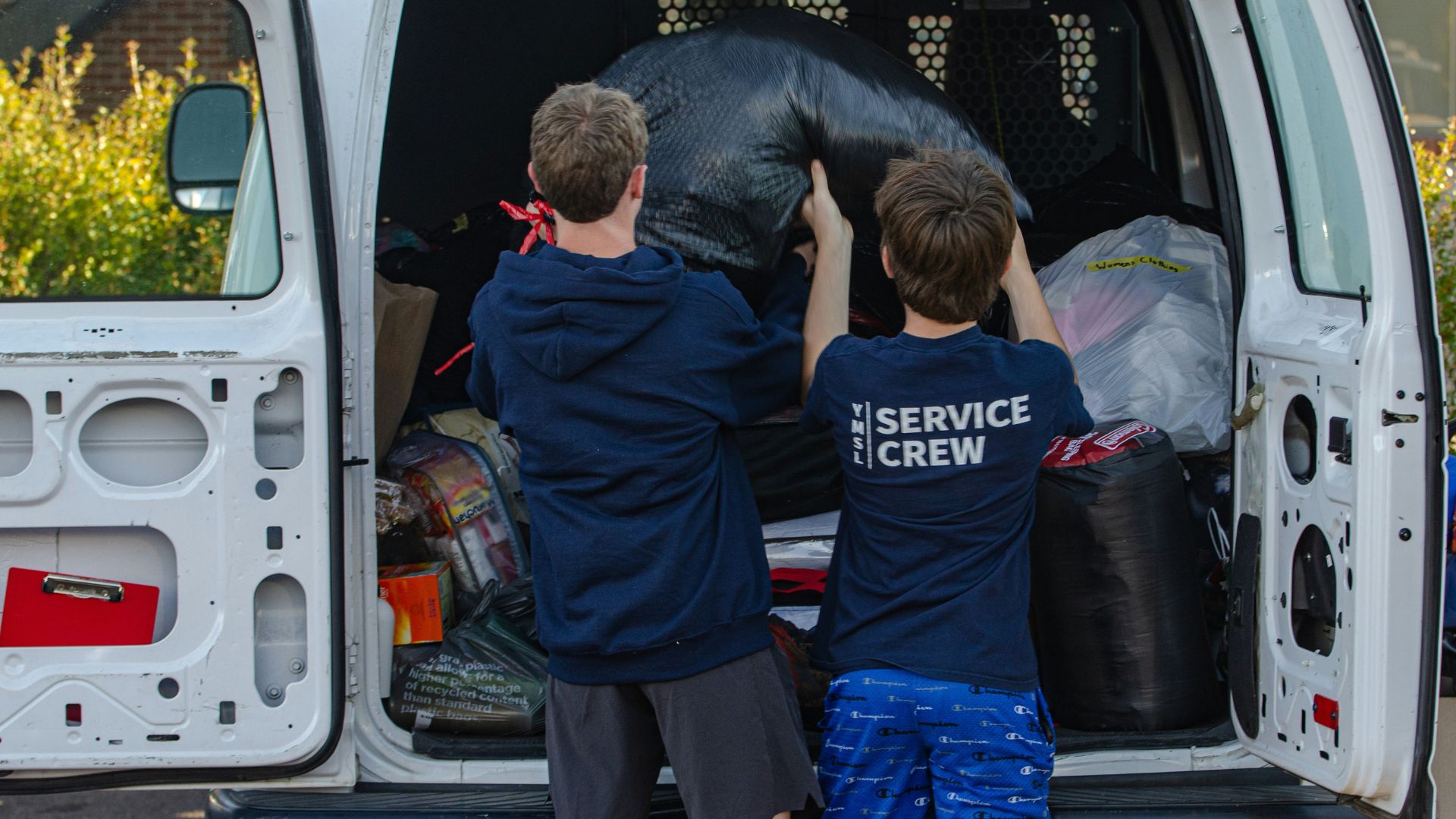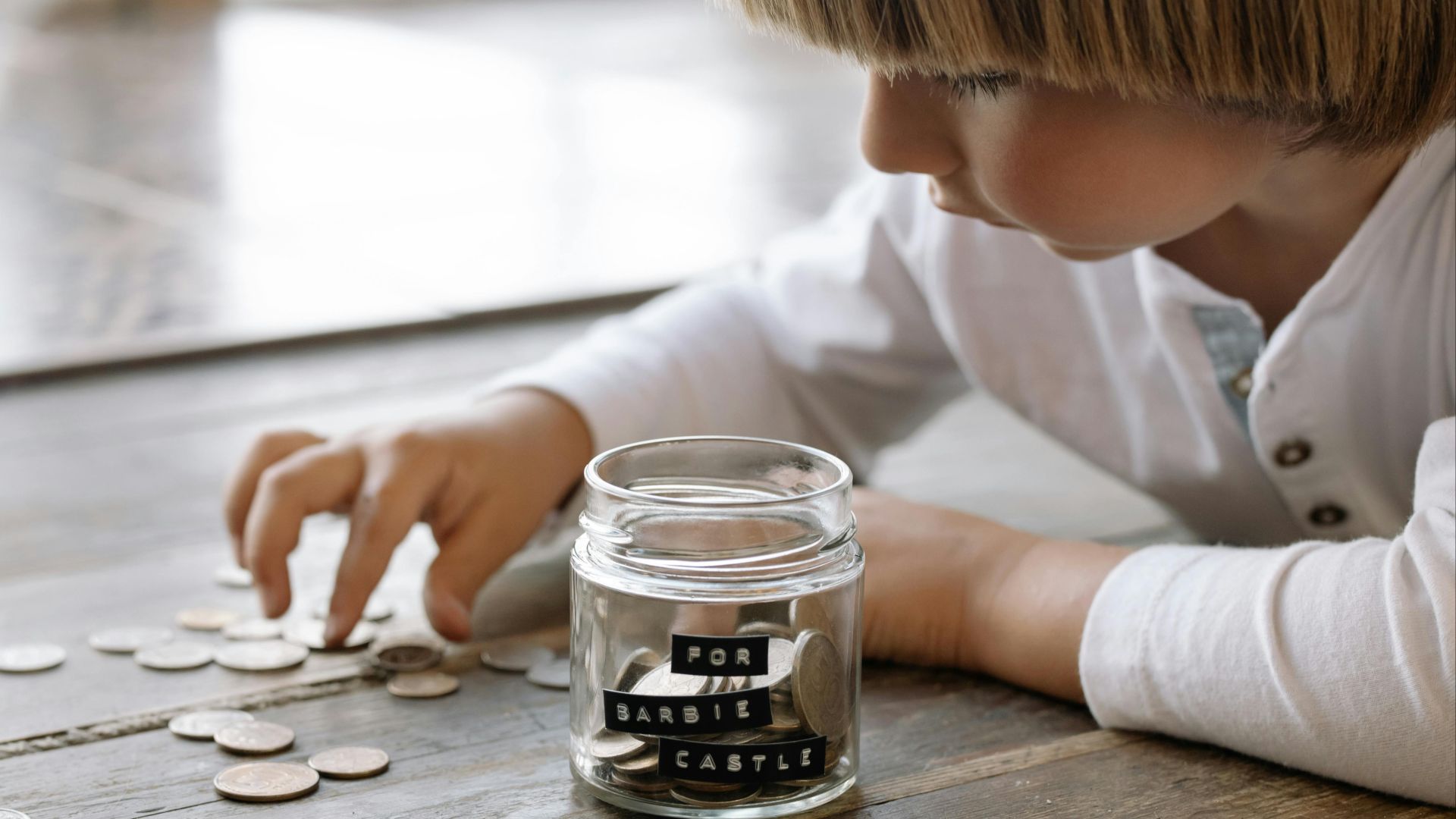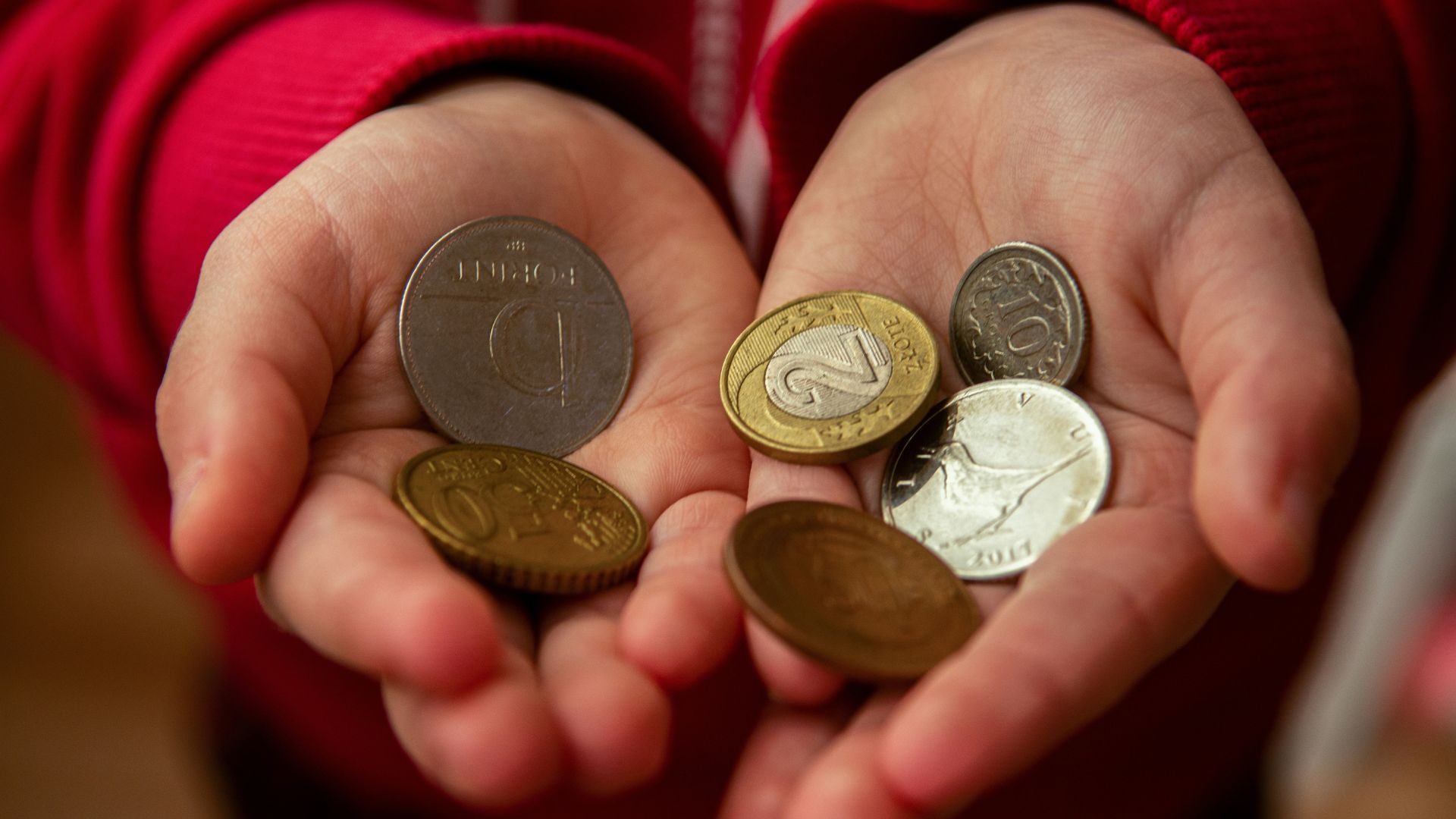Set Kids Up For Financial Success
Financial habits start forming earlier than most parents think. Waiting until high school is too late. Kids need clear, consistent lessons on value, saving, and spending now. Keep reading to discover 20 age-appropriate lessons that will set them up to handle money with confidence.
1. Money Comes From Work
Work earns money, not magic. Kids mowing lawns or selling crafts quickly grasp this cause-and-effect. When effort leads to income, money starts to mean more than just paper. Whether through chores or a lemonade stand, that’s where understanding value begins.
 Jeromey Balderrama on Unsplash
Jeromey Balderrama on Unsplash
2. Saving Is More Powerful Than Spending
Savings might not seem like much at first, but they grow over time. Every coin saved contributes to something bigger than the excitement of a quick purchase. Teach kids to set goals, and they’ll learn how patience can lead to rewards that pride can't buy right away.
3. Wants And Needs Are Not The Same
Shoes protect your feet, while designer sneakers just look cool. Help your kids sort daily essentials from temporary desires. Turn grocery trips into learning games: “Is this chocolate bar a need or a want?" Recognizing the difference builds smarter spenders.
4. A Budget Helps You Stay In Control
Budgeting is like using a map—you choose the path instead of wandering lost. Kids can track snack money or birthday cash with fun charts. Set categories like “spend,” “save,” and “share.” Let them decide where each dollar goes.
5. Banks Keep Your Money Safe
While banks may look boring, your kids should know what they do for finances. Explain how savings accounts store cash and even reward it with interest. A quick field trip works wonders. Make sure they know that banks are smarter than piggy banks.
6. Interest Can Work For Or Against You
While interest can be your helper, it can also be your headache. When kids save, banks pay them interest. However, if they borrow someday, they will face interest charges. Use examples like “earn $5 for saving $100” or “owe an extra $20 on a $100 loan.”
7. Debt Should Be Handled With Care
Debt can be painful if ignored. If your child borrows $10 for a toy, ensure they repay it on time. Explain how credit cards let adults buy now and pay later, but with a cost. If handled poorly, the price keeps growing.
8. Every Purchase Has A Hidden Cost
Behind every toy or game lies an unseen trade-off. Buying that action figure now might mean skipping dessert later. Teach your kids about opportunity cost using examples like “If you buy this, what can’t you afford?” Decisions become clearer when trade-offs are brought into focus.
9. Credit Is Earned Over Time
Good credit is like reputation—built slowly and lost quickly. While kids don't have credit scores yet, explain how adults prove reliability through timely payments. Use schoolwork as a metaphor: turn in homework late, and trust drops. Miss your payments, and your credit suffers.
 Photo By: Kaboompics.com on Pexels
Photo By: Kaboompics.com on Pexels
10. Advertising Tries To Trick You
Colorful ads shout promises, but your wallet hears the truth. Kids watching commercials or scrolling through games see flashy "limited-time" offers. Discuss how ads stir feelings, not facts. Next time a pop-up appears, ask them: "Do you want this, or were you told to?"
11. Giving Is A Financial Value Too
Help kids set aside a small “give” jar along with “spend” and “save.” Encourage donations to causes they care about, such as pets or school clubs. When generosity becomes a habit, they’ll see money as something more than a reward.
12. Comparison Shopping Saves Money
Never settle for the first price tag. Kids love challenges, so turn shopping into a fun and engaging activity. Show them how one toy might cost $15 at one store but $10 online. Introduce price-check apps or store flyers. Saving even a dollar builds sharp, confident decision-makers.
13. Emergency Funds Are For The Unexpected
Rainy days don’t schedule themselves. Teach kids to stash small amounts for life’s curveballs: broken toys, lost lunch money, etc. Use a clear jar labeled “just in case.” When the unexpected strikes, they’ll feel prepared, not panicked. That’s financial peace in a pinch.
 Photo By: Kaboompics.com on Pexels
Photo By: Kaboompics.com on Pexels
14. Investing Builds Long-Term Wealth
Plant a seed today, and you'll shade under a tree tomorrow. That's how investing works. Introduce kids to the idea through simple stocks or index funds. Mention how $50 invested monthly from age 10 can grow into thousands. Start small, think big, and wait patiently.
15. Paying Yourself First Builds Wealth
Savings should come before splurges. When kids receive money, teach them to save 10–20% before spending it on anything else. Use fun jars or goal charts to make it visual. This habit rewards discipline and security. Build the habit now, and their future selves will be thankful.
16. Money Is Not The Measure Of Success
Character outshines cash. While wealth can buy comfort, it doesn’t define worth. Teach about contributions and goals that don’t involve dollar signs. Spotlight role models like teachers or volunteers. Success feels different when it’s measured in impact, not just bank balances.
17. Mistakes With Money Teach Important Lessons
"Oops!" moments make strong-minded individuals. Did they overspend birthday cash and miss out on a toy? Good. Let them reflect and reset. Mistakes offer lessons that lectures can’t match. Regret today often prevents disaster tomorrow.
18. Digital Money Needs The Same Discipline
Swiping a screen feels different than handing over cash, but it shouldn’t. Help kids track in-app purchases or online buys. Use prepaid cards or monitor spending with limits. When money is invisible, it vanishes fast. Teach them to treat digital dollars like real ones.
19. Money Talks Should Happen At Home
Kids who hear about budgeting or bills grow confident with cash. Normalize money chats at dinner or after shopping. Share examples, too. If you talk openly, they can ask questions. Silence breeds confusion, but discussions build confidence that they'll carry for life.
20. Your Time Has Real Value
Time isn’t free. A two-hour chore earns more than coins—it builds awareness. Teach your kids how tasks like babysitting or yard work earn not just cash but respect for effort. Link time to earnings early, and they’ll learn how not to waste either.

























